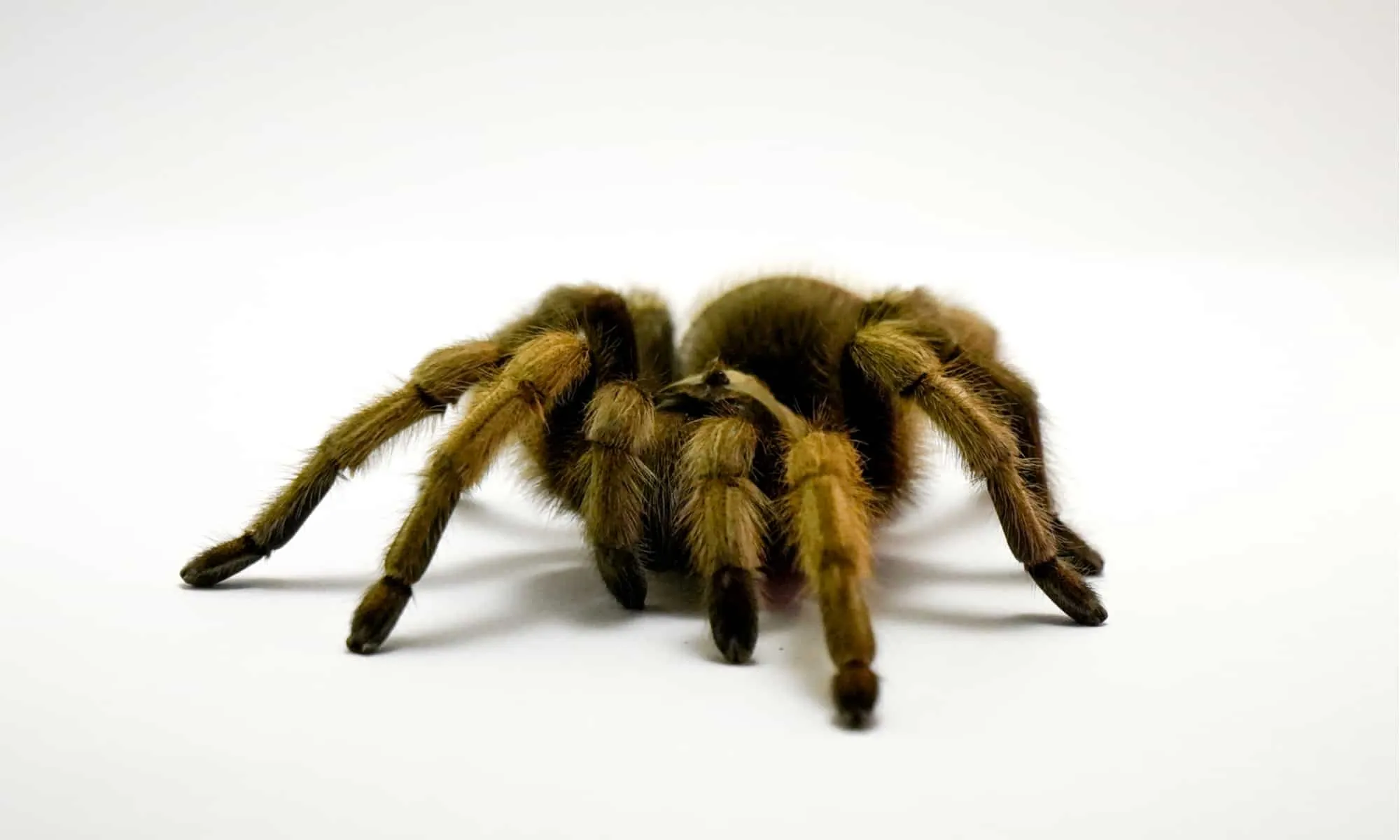What Impacts Tarantula Lifespan
The lifespan of a tarantula is a fascinating topic, varying significantly depending on several factors. Understanding these influences is crucial for anyone considering owning one of these captivating creatures or simply curious about their longevity. Several key elements play pivotal roles in determining how long a tarantula will thrive, ranging from its sex and species to the conditions of its environment and its overall health. By examining these aspects, we gain a deeper appreciation for the intricate lives of tarantulas and the care they require.
Gender Differences in Lifespan
One of the most pronounced differences in tarantula lifespan is determined by gender. Male and female tarantulas exhibit vastly different life expectancies, largely due to their distinct roles in the reproductive cycle and their physiological characteristics. This disparity is a critical aspect of understanding tarantula care and the expectations one should have when bringing a tarantula into their home. The differences in their lifespans are fundamental to the way they are cared for and the kind of experience one can expect from owning a tarantula.
Male Tarantulas
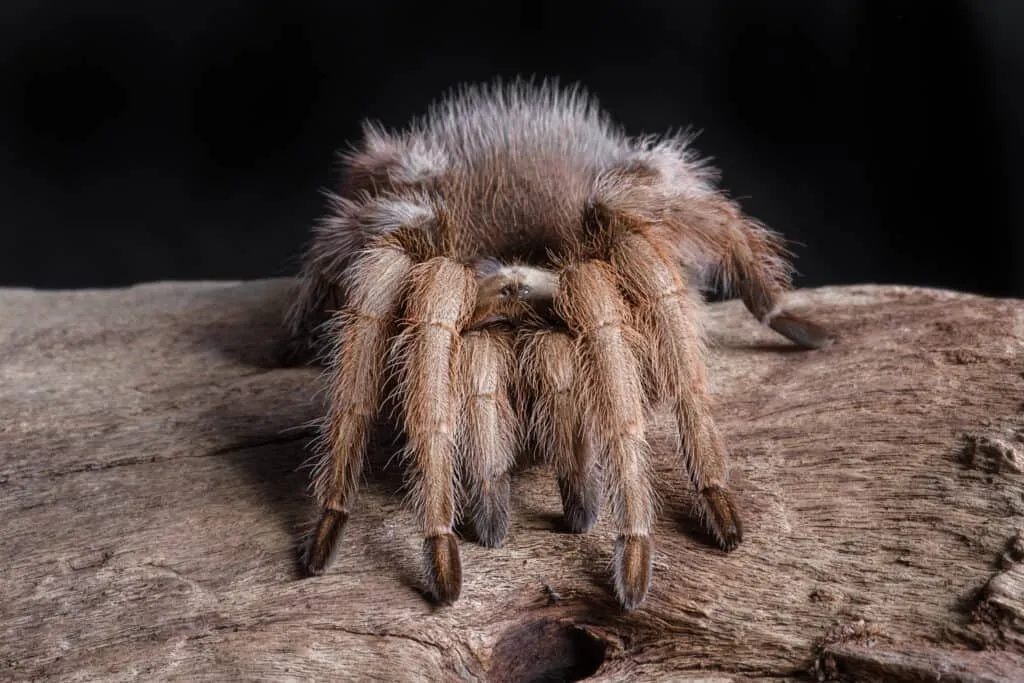
Male tarantulas generally have a shorter lifespan than females. After reaching maturity, which can take several years, male tarantulas typically live for only a few months to a couple of years. This is because their primary purpose is to mate. Once they reach maturity, they expend a lot of energy searching for females. This active lifestyle, combined with the physical toll of mating, shortens their lives. This period after reaching maturity marks the final stage of their lives, with their focus shifting entirely to reproduction.
Female Tarantulas
Female tarantulas, on the other hand, have the potential for a much longer lifespan. They can live for many years, often exceeding a decade, and sometimes even longer depending on the species and care provided. The extended lifespan of females is attributed to their less strenuous lifestyle compared to males. Their bodies do not undergo the same level of wear and tear associated with the constant search for mates. This longevity makes female tarantulas particularly appealing pets for those seeking a long-term companion, providing years of enjoyment and observation.
Species and Lifespan
Different tarantula species exhibit a wide range of lifespans. Some species mature and pass away relatively quickly, while others can live for several decades. Understanding the specific life expectancy of a species is essential for prospective owners to make informed decisions and provide appropriate care. Species differences are often linked to their natural habitats, diets, and overall activity levels. Researching a tarantula’s species is paramount for preparing for the commitment of pet ownership, and setting up the correct environment.
Fastest-Growing Species
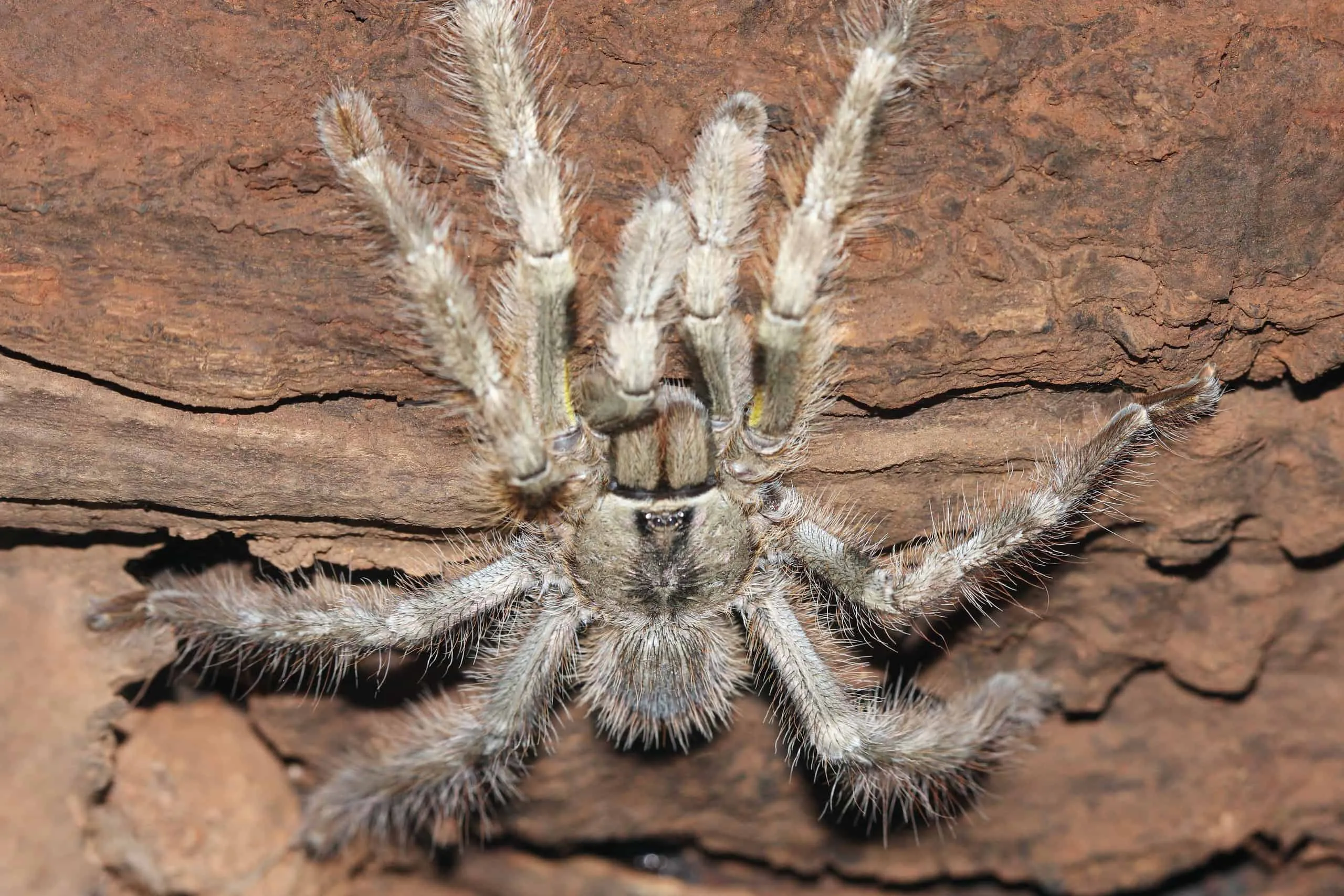
Certain tarantula species are known for their rapid growth and relatively shorter lifespans. These tarantulas often mature faster, which means they reach their reproductive stage sooner, leading to a shorter overall lifespan. These species typically have a more active metabolism and a higher need for food, contributing to their quicker development. Because of their rapid growth, these tarantulas can be a popular choice for those new to tarantula keeping, providing a more immediate experience of their life cycle.
Longest-Living Species
Conversely, some tarantula species are renowned for their remarkable longevity. Female individuals of these species can live for many years, sometimes surpassing twenty years under optimal conditions. These tarantulas tend to have a slower metabolism and a more gradual development. These tarantulas are often sought after by experienced keepers who appreciate the long-term commitment and the opportunity to observe the tarantula through various stages of life.
Environmental Factors Affecting Lifespan
The environment in which a tarantula lives profoundly influences its lifespan. Factors such as temperature, humidity, diet, and the quality of the enclosure all contribute to a tarantula’s overall health and longevity. Creating and maintaining an appropriate environment is crucial for ensuring a tarantula’s well-being and maximizing its potential lifespan. The key to a long and healthy life for a tarantula relies on consistent care and attention to detail.
Temperature and Humidity
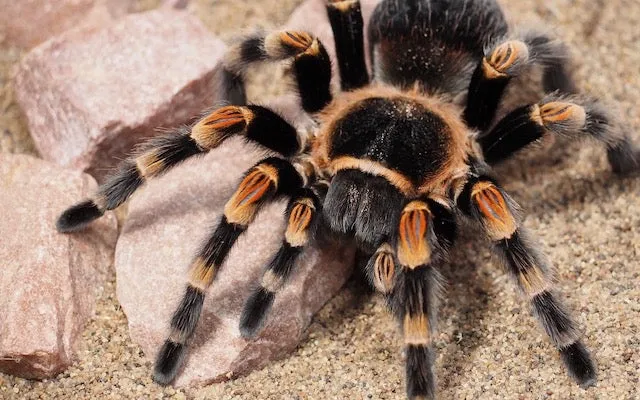
Maintaining the correct temperature and humidity levels is vital for a tarantula’s health. Tarantulas are ectothermic creatures, meaning they rely on their environment to regulate their body temperature. Providing an enclosure with the appropriate temperature gradient is essential for their metabolism, digestion, and molting process. Similarly, humidity levels must be carefully managed to prevent dehydration and ensure successful molting. An imbalance in either temperature or humidity can stress the tarantula, potentially shortening its lifespan or causing health issues.
Diet and Nutrition
A balanced diet is fundamental to a tarantula’s longevity. Tarantulas primarily feed on insects, and providing a varied and nutritious diet is crucial. The size and type of insects offered should be appropriate for the tarantula’s size and species. Overfeeding, however, can lead to health problems such as obesity, while underfeeding can result in malnutrition and weakened immune function. The proper diet supports the tarantula’s growth, energy levels, and overall health, all of which contribute to a longer lifespan. Fresh water should also be available at all times.
Enclosure and Habitat
The tarantula’s enclosure should be a comfortable and safe environment. The enclosure should be the appropriate size for the tarantula. It should have enough space for movement and activities, and provide a place to hide. The substrate should be chosen carefully. It’s also crucial to provide the tarantula with a suitable substrate, such as coconut fiber or peat moss, that retains moisture and allows them to burrow if they are a terrestrial species. A well-maintained enclosure minimizes stress and supports the tarantula’s well-being. Keeping a clean enclosure is also important for preventing illness.
Molting and Its Impact

Molting is a natural and essential process for tarantulas, but it can also affect their lifespan. During molting, a tarantula sheds its exoskeleton, allowing it to grow and repair any damage. The frequency of molting and the conditions under which it occurs are vital factors influencing a tarantula’s longevity. Understanding the process of molting and how to support a tarantula during this time is key to ensuring their health and maximizing their lifespan. It is important to handle the tarantula as little as possible during the process.
Understanding the Molting Process
Molting is when the tarantula sheds its exoskeleton to accommodate growth. Before molting, a tarantula typically becomes less active and may refuse to eat. The process involves the tarantula detaching itself from its old exoskeleton. This is followed by the formation of a new, larger one. After molting, the tarantula’s new exoskeleton is soft and vulnerable, and it needs time to harden. Throughout this delicate process, they are particularly vulnerable. They require a stable and undisturbed environment to successfully complete the molt.
Frequency of Molting and Lifespan
The frequency of molting decreases as a tarantula ages. Younger tarantulas molt more often, while adults molt less frequently. Each molt can be a stressful process, but is essential for growth and overall health. The more frequently a tarantula molts, especially in its younger years, the faster it grows. This is not necessarily detrimental to the tarantula’s overall lifespan. The frequency and success of molting are influenced by factors such as diet, humidity, and temperature. A successful molt contributes to a longer and healthier life.
Common Health Issues
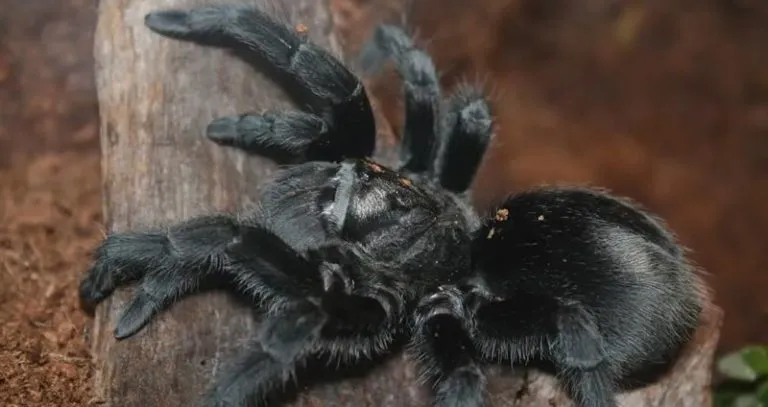
Tarantulas, like any living creature, are susceptible to health issues that can affect their lifespan. Recognizing and addressing these problems promptly is crucial for ensuring the tarantula’s well-being and potentially extending its life. Knowing the signs of illness and understanding how to prevent health issues are essential aspects of responsible tarantula ownership. Proper care and diligent observation can significantly contribute to a tarantula’s health and longevity.
Preventing Health Problems
Many health problems can be prevented through proper care. Maintaining optimal environmental conditions, including appropriate temperature and humidity, is the first step. Providing a balanced diet of appropriately sized insects prevents nutritional deficiencies. Regularly cleaning and maintaining the enclosure helps prevent bacterial and fungal infections. Quarantine new tarantulas before introducing them to other arachnids. This helps prevent the spread of diseases. The most important step is to handle the tarantula as little as possible.
Signs of Illness
Identifying the signs of illness in tarantulas is critical for early intervention. Symptoms of health issues include changes in behavior, such as lethargy or loss of appetite. Physical signs, such as discoloration of the abdomen or legs, can also be warning signs. Other indicators of illness may include difficulty molting or the presence of parasites. Immediate action is important. Consult an expert. Always contact a veterinarian specializing in exotic pets if any of these signs are noticed.
The Amazing Lifespan of Tarantulas
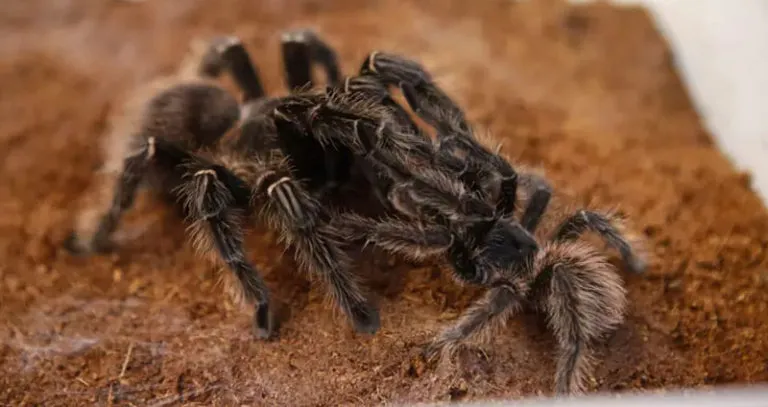
The average lifespan of a tarantula is a fascinating topic. Understanding the factors that influence their longevity is essential for owners and enthusiasts. From gender differences and species variations to environmental influences and health considerations, a lot can affect how long a tarantula will thrive. By providing appropriate care, a suitable environment, and attentive observation, owners can ensure a long, healthy, and enriching life for their tarantula companions. Ultimately, the potential for a long and rewarding relationship is a hallmark of owning these remarkable creatures.
